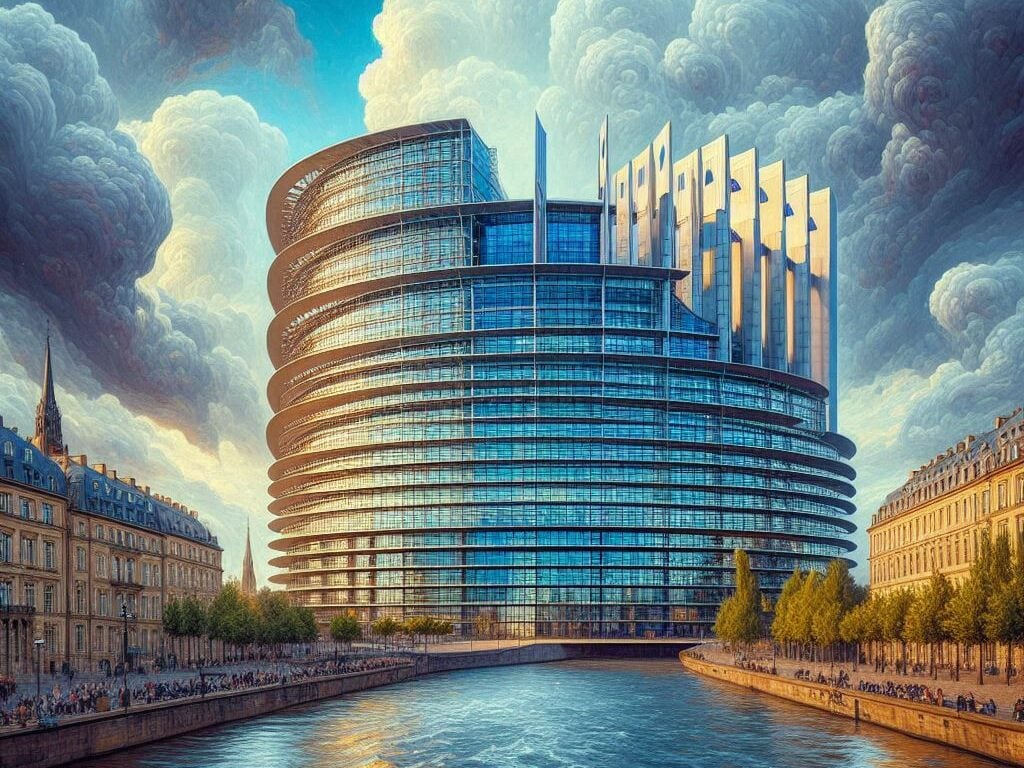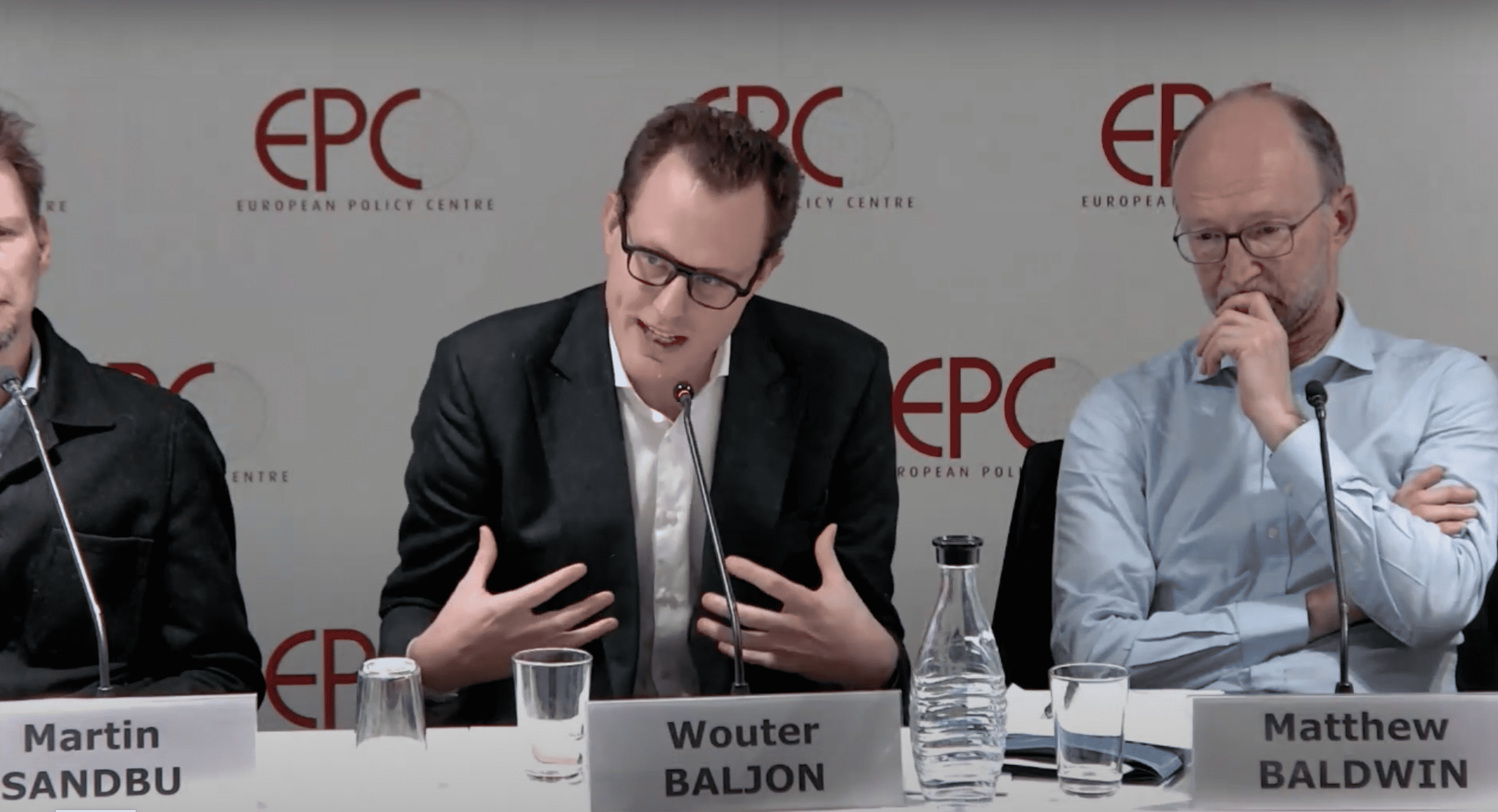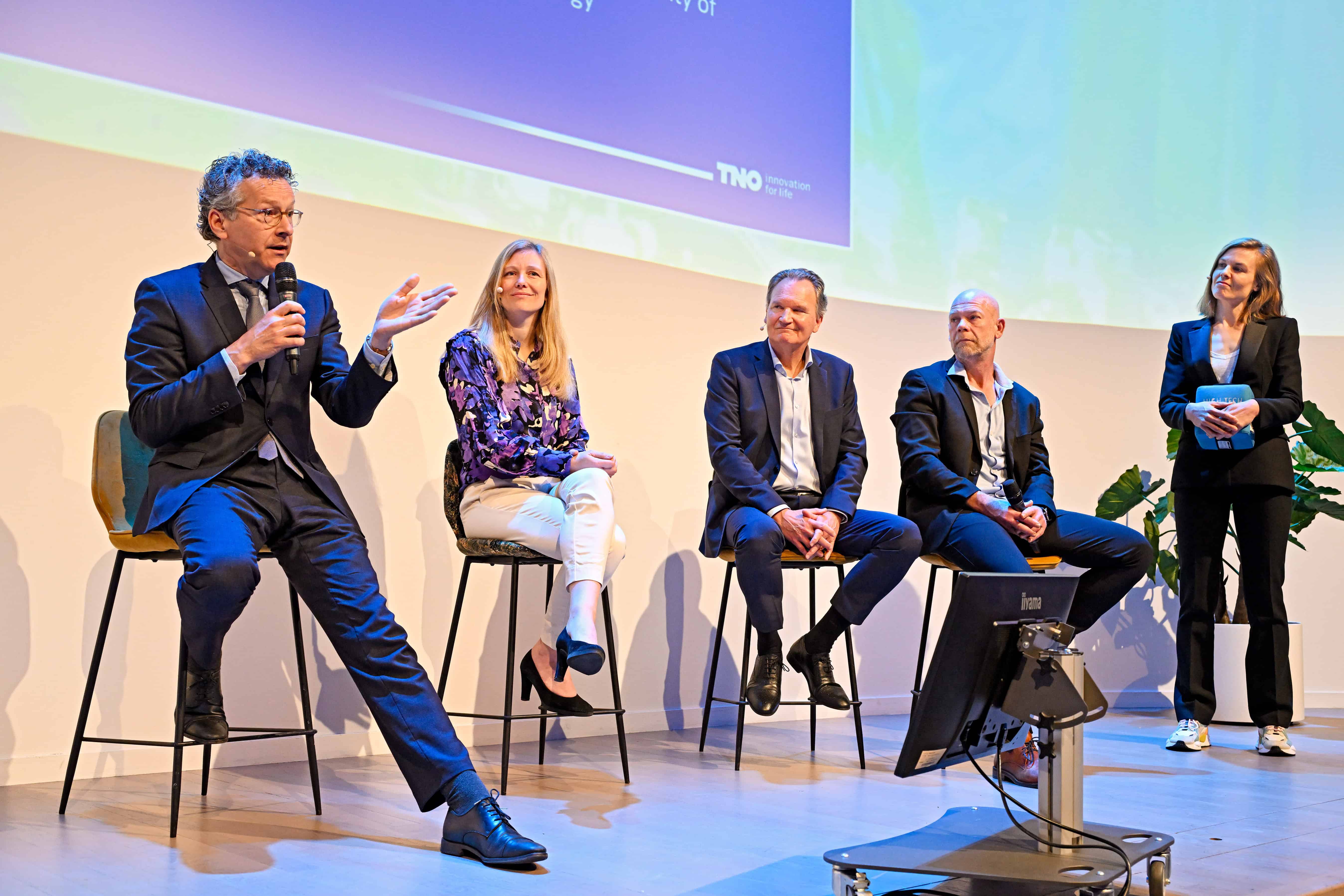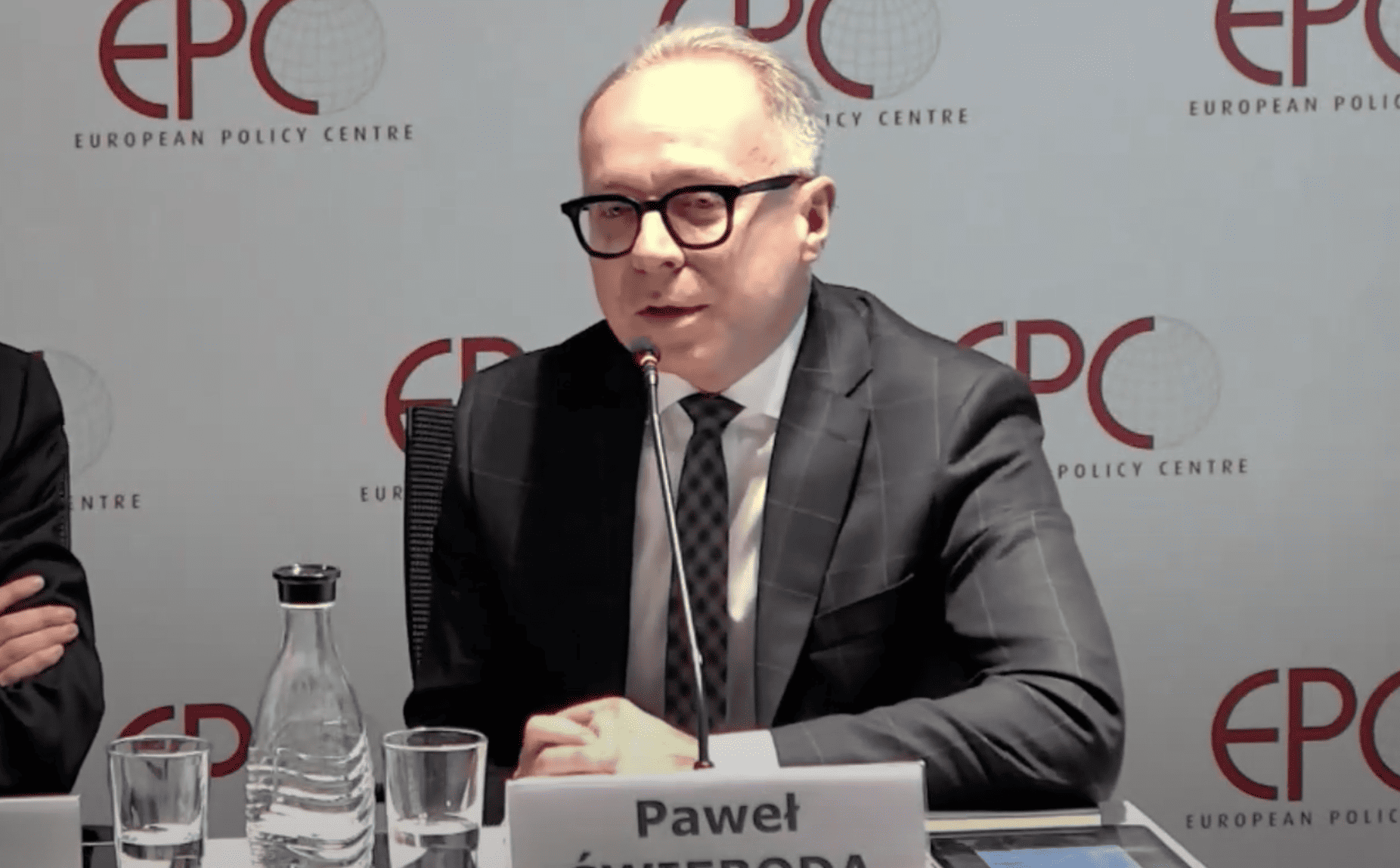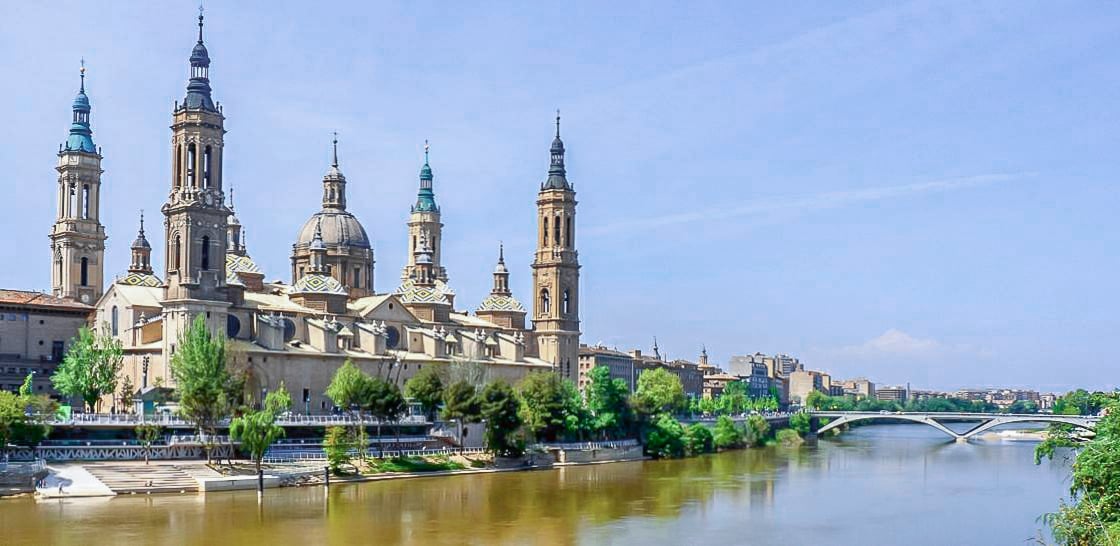
Three-quarters of Europeans live in an urban area. Cities are responsible for more than seventy percent of CO2 emissions worldwide. The Cities Mission is intended to give ambitious cities a leg up and become climate neutral as early as 2030. “We always need trailblazers who set themselves higher goals so that other cities can learn from them,” said Ursula von der Leyen, President of the European Commission.
The next two years, the cities will receive a total of €360 million to implement innovations. They can also join large-scale pilots, network with other participating cities, and receive tailored advice from the Mission Platform, which was established specifically for the mission.
Eindhoven-Helmond: prelude to local climate goals
Eindhoven and Helmond have been selected as a dual city for the mission. The fact that the cities are participating jointly is indicative of what characterizes the Brainport region: cooperation. “As a city, you cannot do this job alone. We are building on our cooperation within the Brainport region,” the municipality of Eindhoven stated in this press release. The cities are focusing on greening, innovation and behavioral change amongst residents and on the market.
Jonas Onland is one of the drivers behind participation in the European initiative. “High-tech companies from the Brainport region foresee an enormous growth. But, with that, their social responsibility is also becoming more important. Participation in the Cities Mission means that all stakeholders, government, companies and knowledge institutes have to draw up a plan together. That’s very important.”
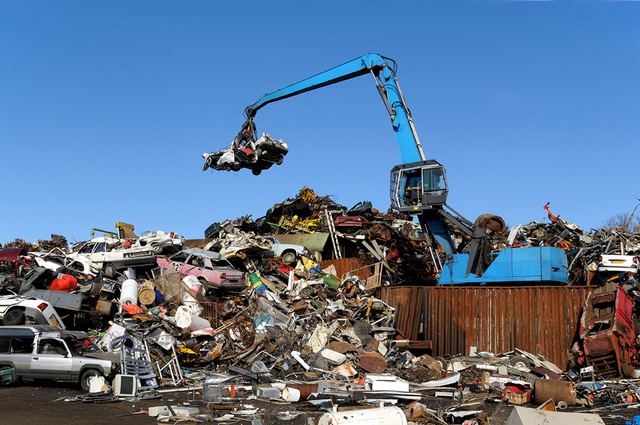
Zaragoza: Eldorado for climate neutrality
For Eindhoven-Helmond, the project kicks off with setting its own local climate neutrality goals. However, among the hundred participants, there are plenty of cities that are already much further ahead. Take Zaragoza, for example, a Spanish city that announced in 2011 that it will be climate neutral by 2030. In terms of renewable energy, the city is a true Eldorado. Three rivers run through the city, the sun shines all year round and it’s located in an open area, which means that there is a lot of wind.
“All the conditions for becoming a pioneer in the energy transition are in place. We just need to make sure we only use clean energy,” said Blanca Solans Garcia, general manager of the European funds at Zaragoza City Council. The municipality has set up a whole series of projects organized around four key points.
“All the conditions for becoming a pioneer in the energy transition are in place.”
Blanca Solans Garcia

Electrical busses, a city forest, wind energy and a biorefinery
The first key point concerns sustainable mobility. For example, public transport and cabs will be electrified and there will be shared cars for everyone to use. Nature-based solutions are the second key point. The municipality is creating a forest around the city (The Citizen Forest) in which a tree will be planted for every Zaragozan resident. “This is an important legacy for future generations. We started planting a year ago. The forest is intended to eventually absorb 133 tonnes of CO2 during its lifetime. All the nature-based solutions put together should reduce at least five percent of all the carbon emissions generated by the city in 2030,” Solans Garcia explains.
The third key point of the policy are measures concerning energy and energy efficiency. Think about, for starters, making homes more sustainable or creating energy-positive neighbourhoods thanks to the integration of solar panels, biomass-powered heating systems and electric vehicles that act as mobile batteries when necessary.
Finally, the city government is focusing on circular economy. For example, the city commissioned Europe’s first industrial-scale biorefinery. “That refinery is able to process into manure one-third of the organic waste the city produces. That is then used to fertilize the city’s forest or farmland.”

Aarhus: climate neutrality goals since 2008
Another Cities Mission city is Aarhus, a medium-sized student city surrounded by nature, located on the east coast of Denmark.
The energy transition has been a priority of the local government for many years. Back in 2008, the city council set the goal of being climate neutral by 2030. “In the past fourteen years, we have already reduced CO2 emissions by more than half,” says Ingeborg Jacobsen, strategic project developer at Aarhus Municipality. She is managing the participation of Aarhus in the mission.

Transition of the energy system
When it came to reducing CO2 emissions, the focus has been on a transition of the energy system and sources of energy supplies. Jacobsen: “In Aarhus, 95 percent of households are connected to a central heating system. So we were able to switch all those households to sustainable biomass very easily.” In the future, the reliance on sustainable biomass must be reduced and replaced by other sustainable sources. At the same time, to ensure that less energy is needed, buildings of the local government, residents and companies have been made more energy efficient.
In addition, the city is working on electrifying public transport and on bike path infrastructure. It recently announced the construction of the largest geothermal power plant in Northern Europe to help further make its energy supply sustainable.
‘We are not there yet’
As such, the city has already gained significant experience and is eager to share it with other participating cities. “At the same time, we also need experience from other cities. Because we are not there yet.”
In order to be 100 percent climate neutral by 2030, the residents of Aarhus will have to get to work, Jacobsen explains. “We can create a framework that makes climate-friendly choices as easy as possible. By making homes, offices and buildings energy efficient. By providing a good bicycle network. By making public transport more sustainable and attractive. But ultimately it is the residents who must make green choices. That is the biggest challenge.”
“Ultimately it is the residents who must make green choices. That is the biggest challenge.”
Ingeborg Jacobsen
Climate contract
All participating cities must prepare a Climate Contract over the coming years. That contract is made up of several components. Jacobsen: “We have to make an inventory of all the work that needs to be done.” In addition, each city must also create an investment plan and an action plan outlining how the city plans to become climate neutral by 2030. “The contract must be signed by stakeholders from the city. Municipalities can’t do it alone, they need citizens, companies and knowledge and educational institutions on board as well as other key stakeholders.”
Both Solans Garcia and Jacobsen describe the participation in the European mission as recognition for the hard work that they are already doing. Jacobsen: “It’s not so much about the money, but more about the platform that the EU offers to help cities continue their journey to climate neutrality. The key to a more sustainable world to a large extent lies with local governments.”
Cover photo: Zaragoza



